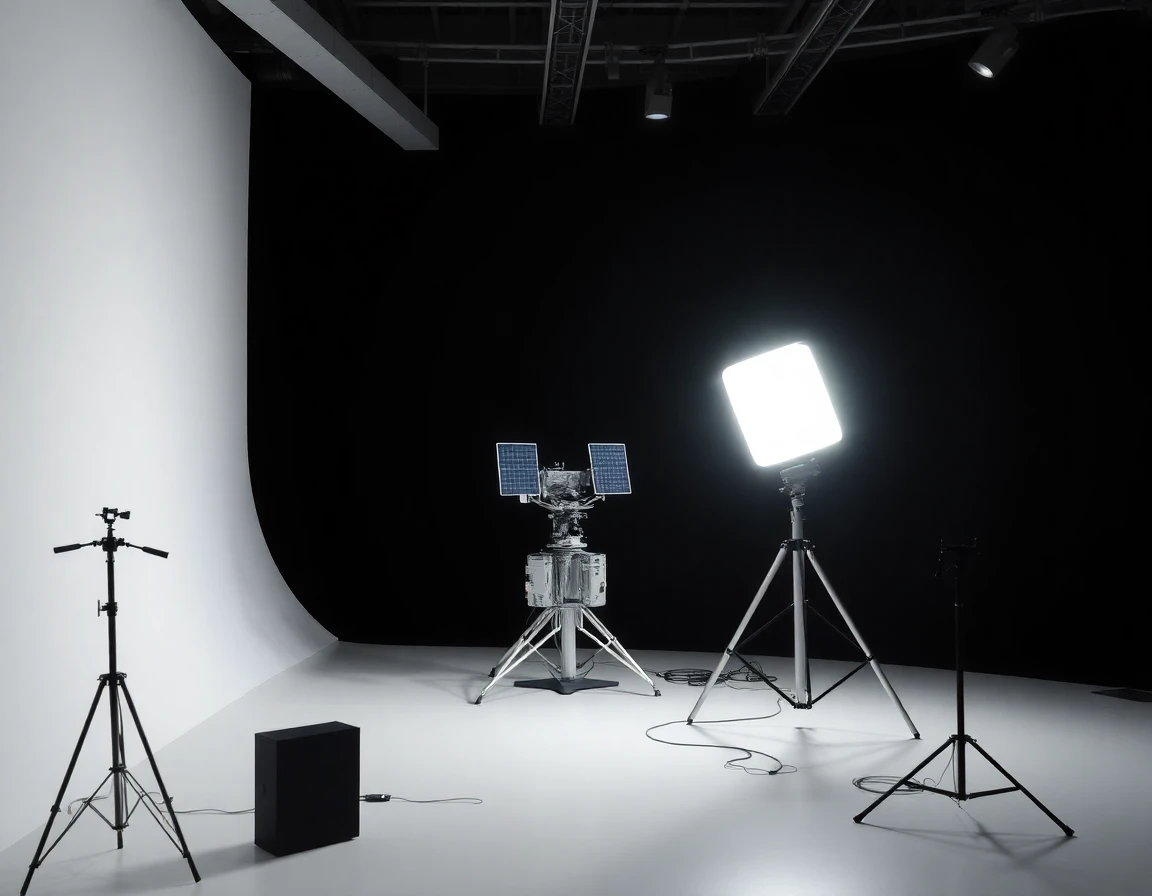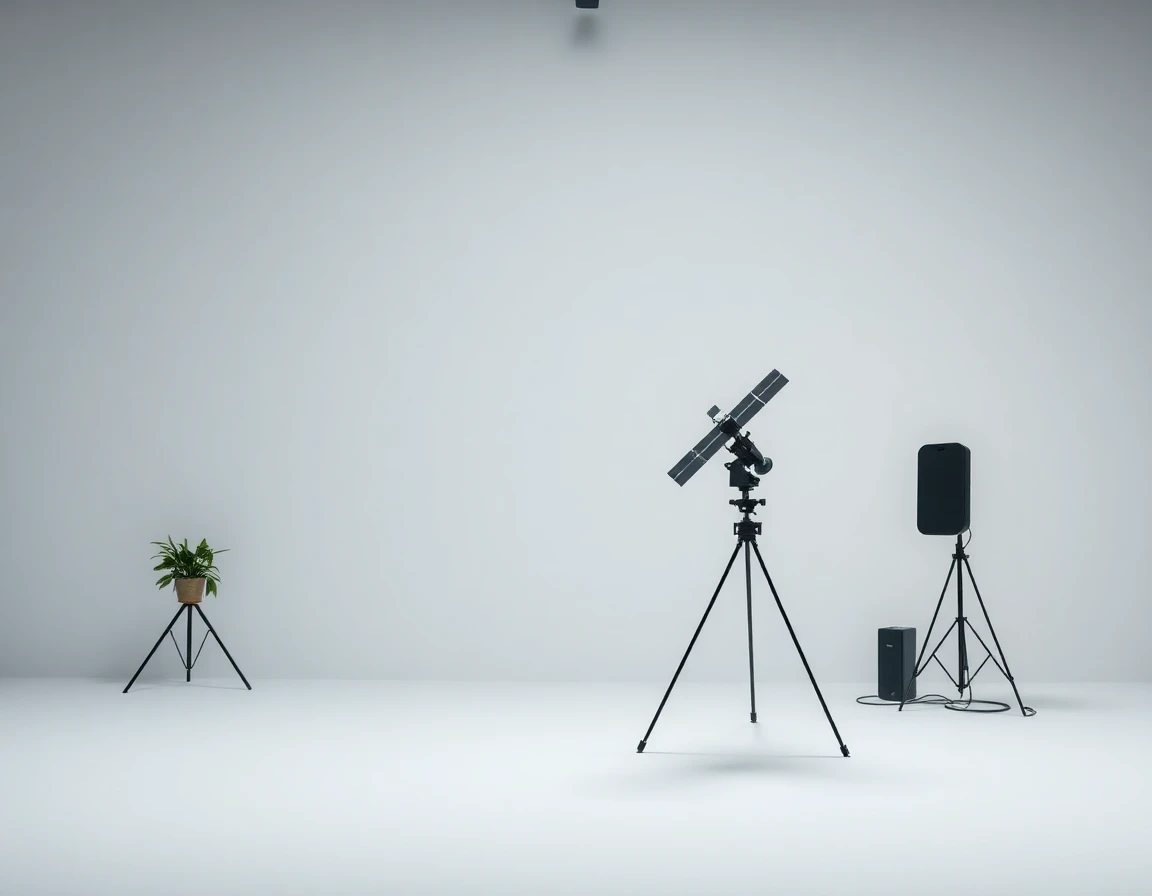The landscape of satellite technology is undergoing a significant transformation as small satellites, or smallsats, continue to gain traction in the aerospace industry. At the forefront of this movement is Muon Space, a company dedicated to revolutionizing satellite operations. In a recent conversation with Gregory Smirin, the President of Muon Space, we explored the challenges and innovations shaping the future of smallsats.
The Rise of Smallsats
Smallsats have emerged as a powerful alternative to traditional satellites, offering cost-effective solutions for various applications, from Earth observation to communications. With their reduced size and weight, they are easier to launch and deploy, making them attractive for both governmental and commercial use.
According to Smirin, “The demand for data and connectivity has skyrocketed, and smallsats are uniquely positioned to meet this need. Our focus is on scaling these operations without compromising on the quality of data we provide.”
Overcoming Operational Challenges
While the benefits of smallsats are clear, the operational challenges they face cannot be overlooked. One of the primary concerns is maintaining the precision and reliability of their navigational capabilities. As Smirin highlights, “Inertial navigation systems are crucial for ensuring that our satellites can accurately maintain their orbits and perform their functions.”
To address these challenges, Muon Space is investing in advanced technologies, including high-precision navigation systems. These systems utilize fiber optic sensing technology to provide unparalleled accuracy, essential for the successful operation of smallsats in increasingly crowded orbits.
Technological Innovations Driving Smallsat Success
As the smallsat market grows, so does the need for innovative solutions that enhance their capabilities. Muon Space is at the cutting edge of developing new technologies that address the unique demands of small satellite missions. One key area of focus is precision sensing. Smirin explains, “Our satellites rely on advanced photodiode modules for precision fiber optic sensing, which significantly boosts our data reliability and performance.”
The integration of high-performance components, like the GJE46C020 System, has proven vital for enhancing the sensing capabilities of smallsats. These advanced ceramic-packaged photodiode modules ensure that smallsats can collect and transmit data with high reliability, even in challenging environments.
The Future of Smallsats
Looking ahead, Gregory Smirin envisions a future where smallsats play a pivotal role in various industries. “We are just scratching the surface of what is possible with small satellite technology. As we continue to innovate, we’ll see more applications in agriculture, disaster response, and even climate monitoring,” he notes.
The potential for smallsats to address global challenges is vast. As their capabilities expand, they may also facilitate advancements in telecommunication and data analytics, leading to better decision-making processes across sectors.
Conclusion
The conversation with Gregory Smirin underscores the dynamic nature of the smallsat industry. With technological advancements in navigation and sensing, companies like Muon Space are well-positioned to scale operations and tackle the challenges ahead. As the demand for satellite data continues to grow, the innovations emerging from the smallsat sector could redefine how we utilize space technology.
In summary, the future of satellites lies in the ability to adapt and innovate. Smallsats are not just a trend; they represent a fundamental shift in how we approach satellite operations, and as Smirin aptly puts it, “The sky is not the limit; it’s just the beginning.”



